82,000 years ago a large lava flow occurred, settling in a low area near Mammoth Ski Resort in California’s Eastern Sierra Nevada Mountains and forming a lava lake. Over time the lake slowly cooled and the contents contracted and split into mostly hexagonal columns. Much later the area was scoured by glaciers. which exposed the columns as seen below.
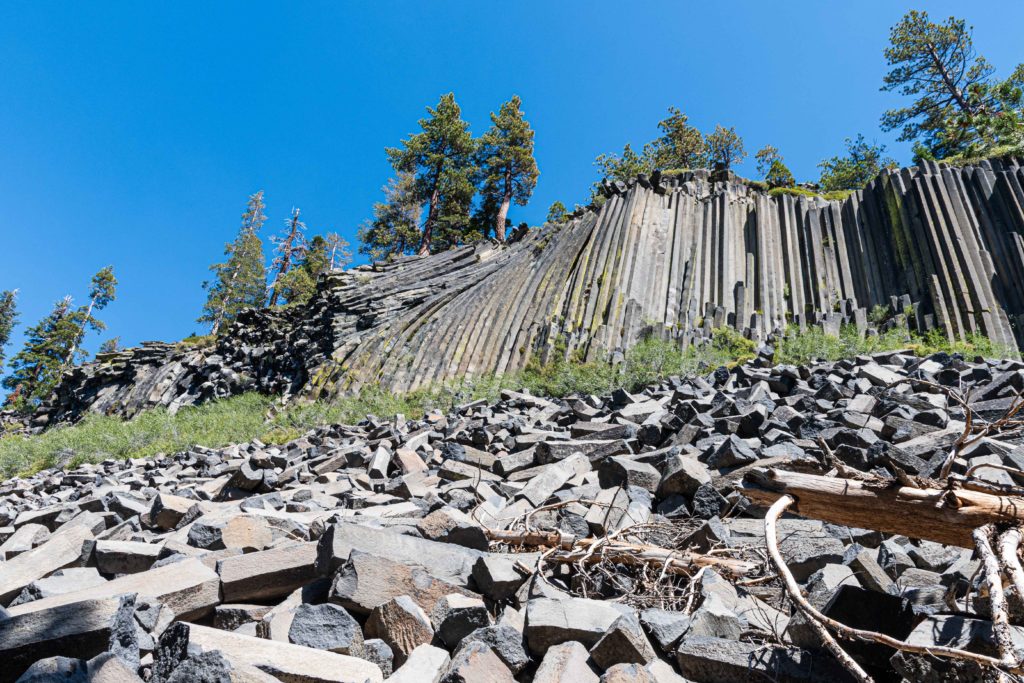
The columns have from 3 to 7 sides and their tops can be seen if you hike a short distance to the top of the Postpile. If you look closely you can see the grooves left by the glacier as it moved across them. The tops of the columns are amazingly smooth and even, especially considering they have been exposed to the elements for about 12,000 years.
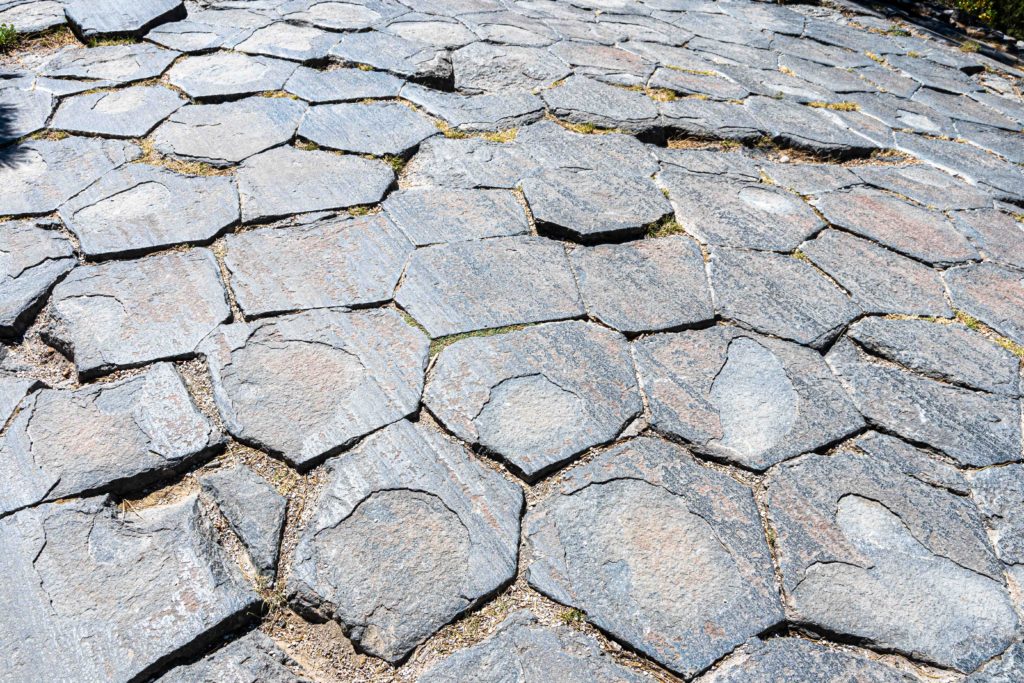

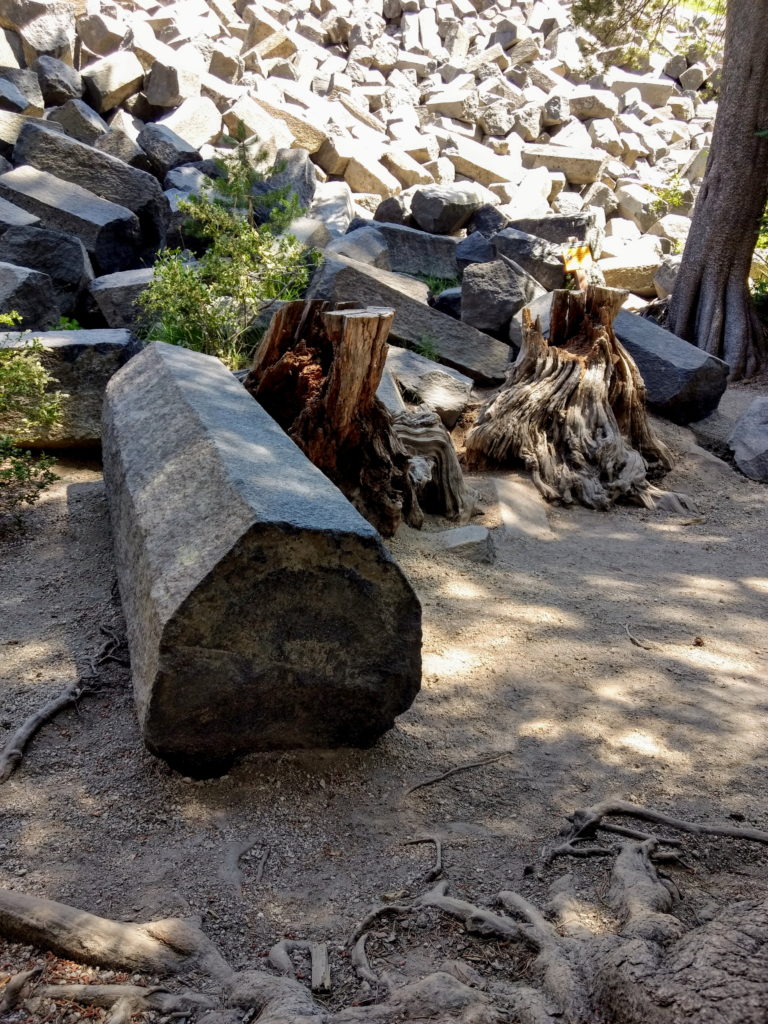
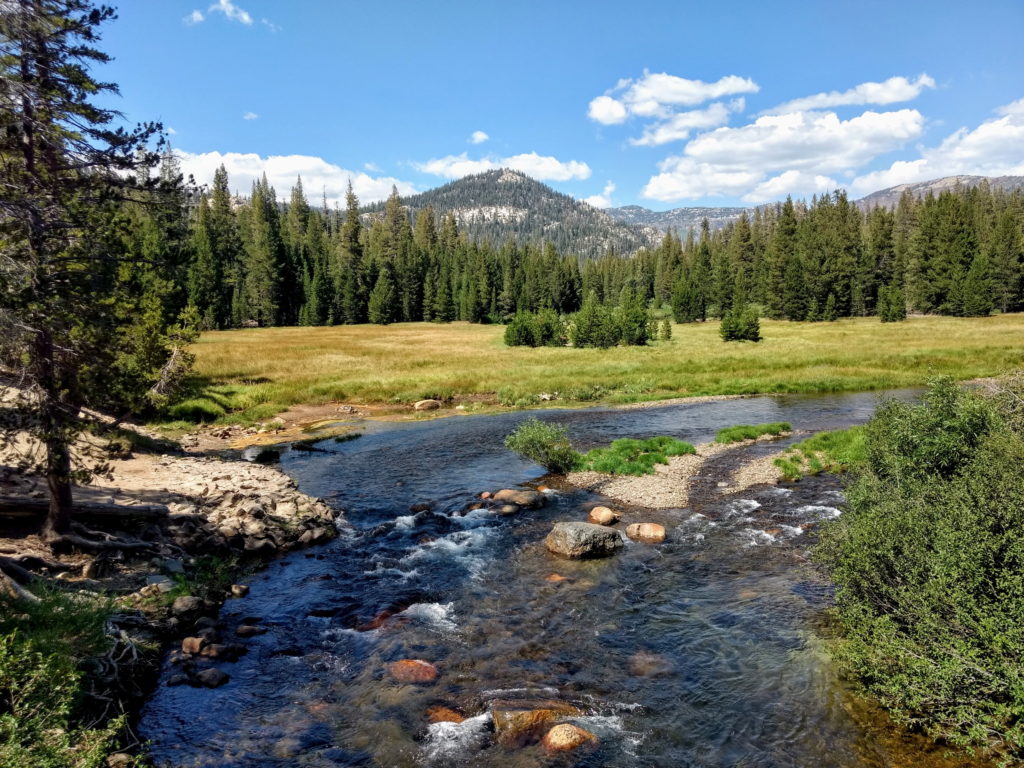
The Middle Fork of the San Joaquin River flows through the valley containing the Devils Postpile. At the south end of the monument lies Rainbow Falls. It is there because of two different layers of cooled lava. The upper layer is harder than the lower layer. Water going over the 101 ft high waterfall erodes the softer lower rock layer and the face of the falls moves north a tiny bit each year.
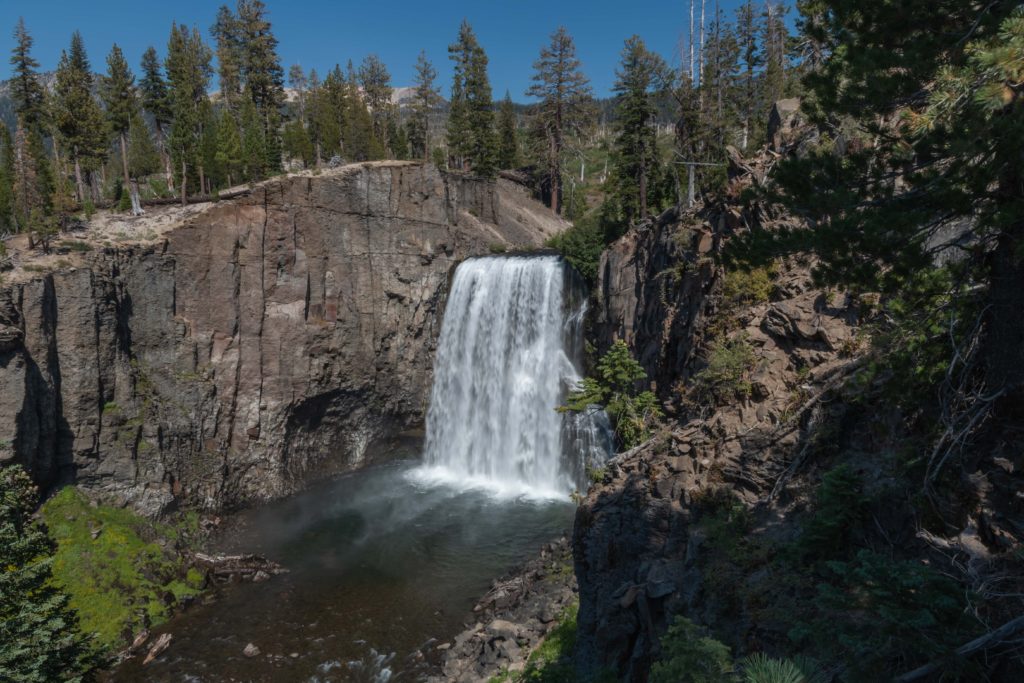

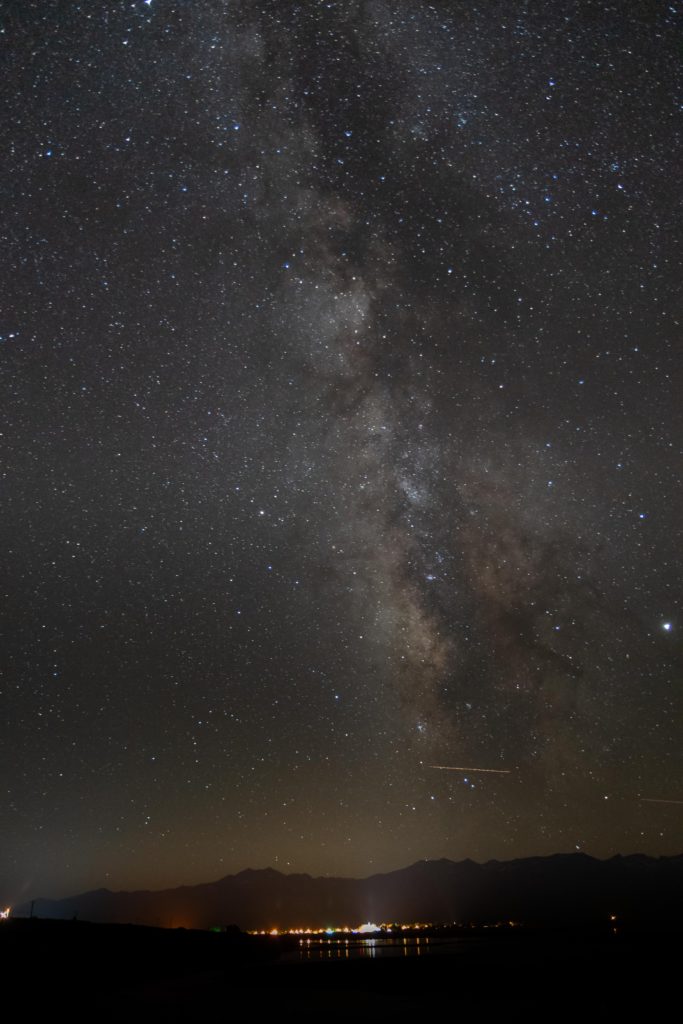
Devils Postpile is open when the roads are snow-free. This year it opened July 4th and is expected to stay open until mid-October. It is a great one-day visit and the scenery is beautiful. There are shuttle buses to take you to the various sites inside the national monument from the parking lots at Mammoth Mountain Ski Resort. The bus costs $8 per person and as far as we know is the only way to get to the Devils Postpile.